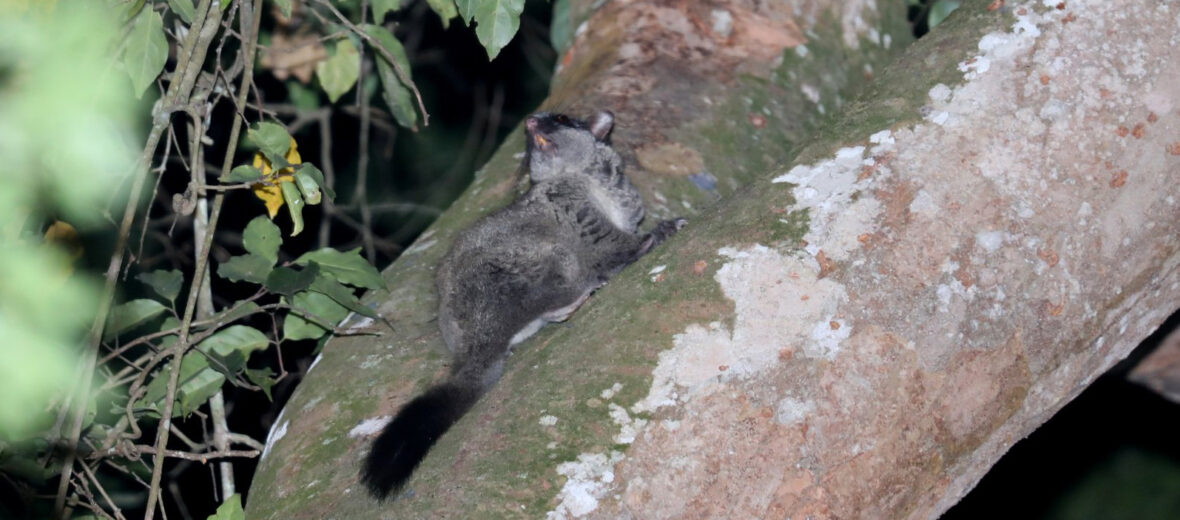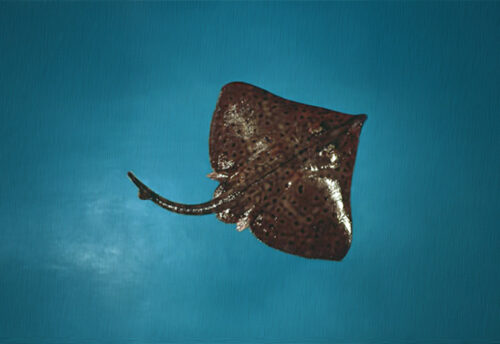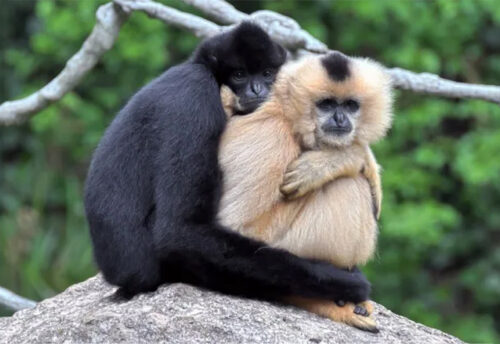
Hailing from Central Gabon, in Africa, it’s the scaly-tail anomalure. There are only 3 – 4 extent genera of anomalures recognized to date. Scaly-tailed anomalures are aptly named due to their double rows of overlapping, spiny scales on the underside of their tails for a third of the length along the base. The scales help to keep them from skidding on tree trunks when they land, and they also help them climb trees too. Besides Gabon, they can also be found in Sierra Leone, Kenya, Ghana, Angola, Cameroon, Liberia, Congo, Senegal, the Central African Republic, Mozambique, and the Ivory Coast. These critters are listed as Least Concern by the IUCN. This article is on special request from Ryan.
First the Stats…
Scientific name: Anomaluridae
Weight: Up to 4 lbs.
Length: Up to 18.5 inches, plus up to an 18 inch tail
Lifespan: Up to 15 years
Now on to the Facts!
1.) They glide via a specialize membrane called a patagia. Flying squirrels also use this same membrane.
2.) Anomalures are strictly nocturnal (active at night).
3.) These cool critters use hollowed out trees as homes during the day.
4.) They prefer open woodlands and rainforests.
5.) Strong curved claws, much like a cat’s, are used for climbing and grabbing food.
But wait, there’s more on the scaly-tail anomalure!
6.) The anomalure eats bark, fruits, berries, flowers, leaves, insects, and sap.
7.) Clearing out branches that are in the way of their gliding path and entrances to their hollows is common.
Did you know…?
Anomalures can glide up to 750 feet!
8.) Roughly half of their body is made up of intestines. The longer intestinal tract enables them to gain more nutrients from the bark they eat.
9.) Eagles are their primary predator.
10.) Females have litters of up to 3 pups, which are born with eyes open and have thick fur. Mom weans them from milk onto solid food by feeding them pre-chewed food from special cheek pouches.
Also, check out the Critter Science YouTube channel. Videos added frequently!
Want to suggest a critter for me to write about? Let me know here.



